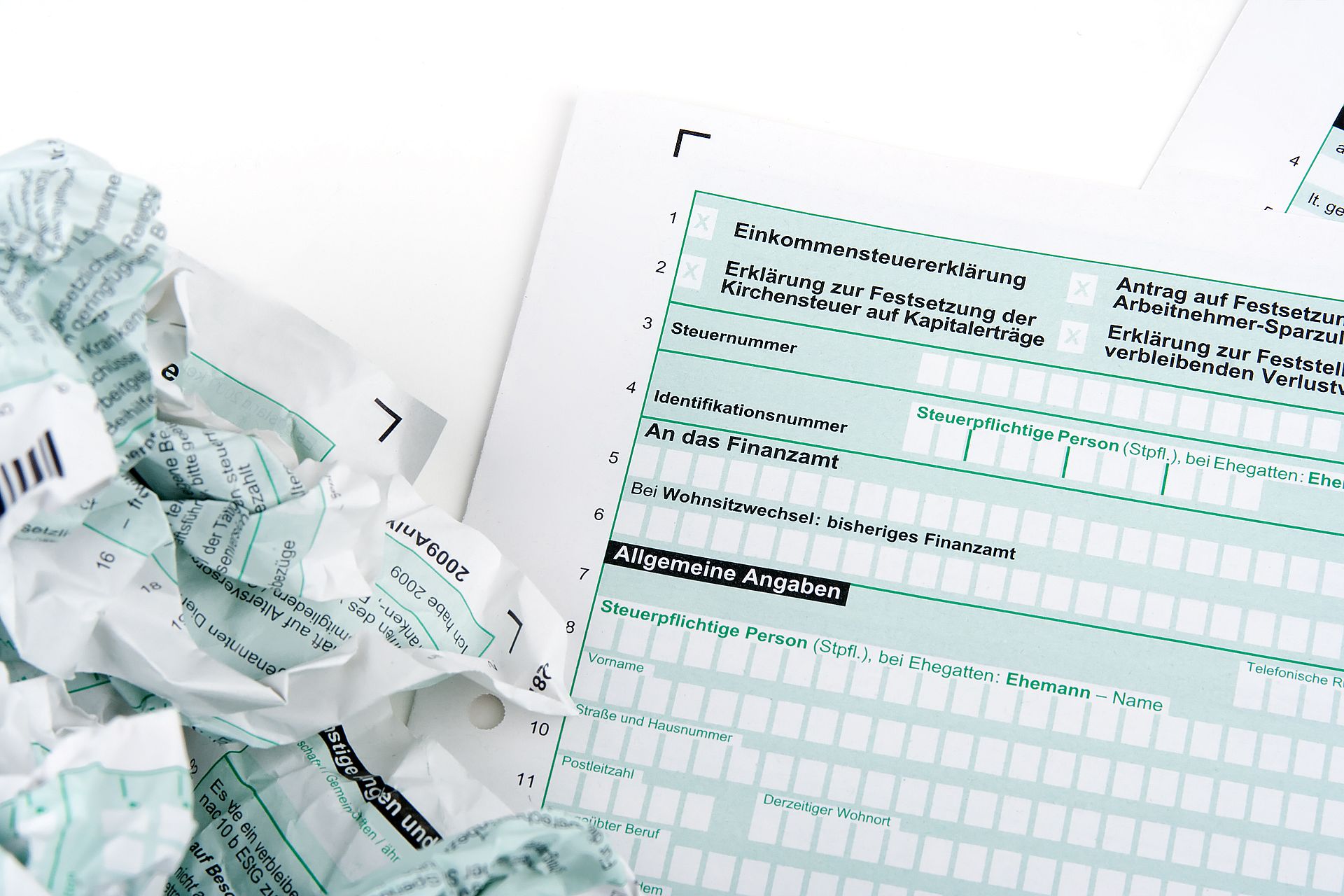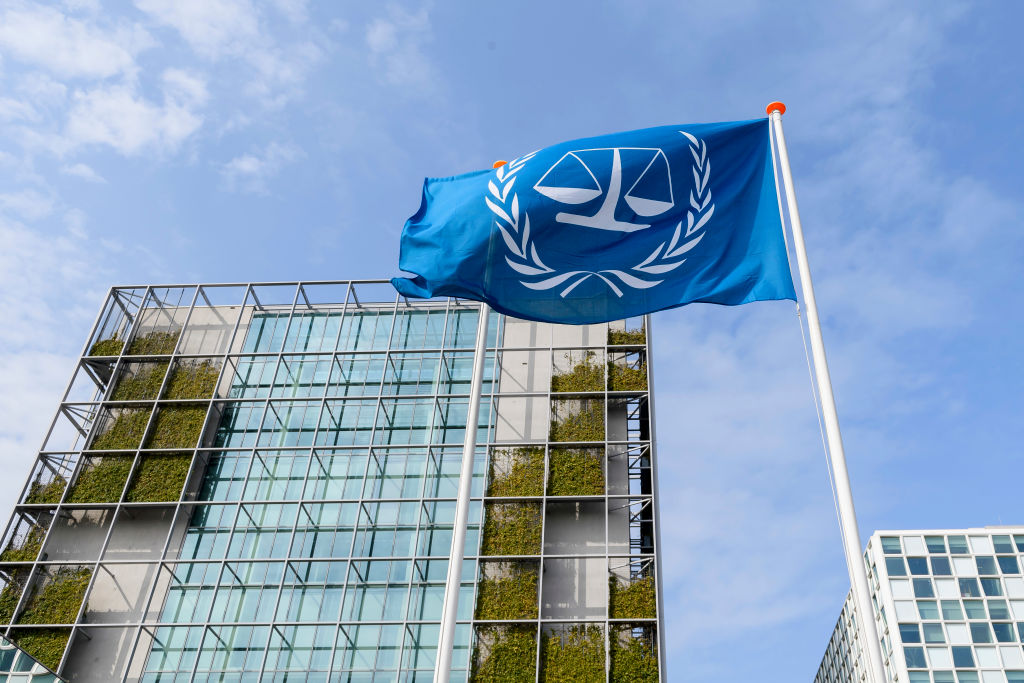Shocking images of the powerful earthquake that struck northern Philippines
At least five people dead and 130 were injured after a powerful earthquake struck the northern Philippines on Wednesday, according to authorities in the Southeast Asian country.
The 7.0 magnitude quake hit northern Luzon, the country's most populous island, at 8:43 a.m. local time, according to the US Geological Survey. The agency originally designated the quake 7.1 magnitude, before downgrading it to 7.0.
The epicenter was about 13 kilometers (8 miles) southeast of the small town of Dolores, Abra province, with a depth of 10 kilometers (6.2 miles), according to USGS. Its impact was felt in the capital, Manila, more than 400 kilometers (about 250 miles) away.
More than 21,000 people have been impacted by the quake, which caused about $687 million of infrastructure damage, according to the Philippine National Disaster Risk Reduction and Management Center.
Infrastructure was damaged across northern Luzon, including more than 400 homes, dozens of schools, several hospitals and bridges, according to the Philippine News Agency (PNA).
The Philippines News Agency also reported that the cathedral of Vigan (in the photo), as well as the bell tower of Banta, which is centuries old, were damaged by the quake.
More than 800 aftershocks have been recorded since the quake hit, including 24 that were strong enough to feel, the local seismological agency said.
“Our tourism industry and small business owners were really affected”, Governor Jeremias Singson told Teleradyo.
Benjamin Abalos Jr, Secretary of the Interior of the Philippines, estimated that more than 200 towns and 15 provinces were affected by the earthquake.
In addition, Abalos Jr. pointed out that there had been 58 landslides, causing irreparable damage in some cases.
The most affected area has been northern Luzon, one of the most populated areas in the Philippines, according to the Philippine Defense and Civil Affairs Office.
The images left by the earthquake in the affected areas are daunting, with completely collapsed buildings, flattened cars and entire families with all their belongings lost.
Ferdinand Marcos Jr, President of the Philippines, was in the area verifying that the power was restored. Nevertheless, he said the water supply will be a problem in the short term.
Luckily, the Philippine Institute of Volcanology and Seismology (Phivolcs) has reassured the population, that there is no risk of a tsunami.
Nevertheless, Phivolcs warned that powerful aftershocks could continue to occur in the hours and days following the earthquake.
Data shows that the Philippines concentrates 90% of all earthquakes that occur throughout the world.
The Philippines is regularly rocked by quakes due to its location on the Pacific “Ring of Fire”, an arc of intense seismic activity that stretches from Japan through Southeast Asia and across the Pacific basin.
The last major earthquake, of a magnitude similar to the current one, was in October 2013, a 7.1-magnitude quake, and on that occasion, it took the lives of more than 220 people.
More for you
Top Stories































